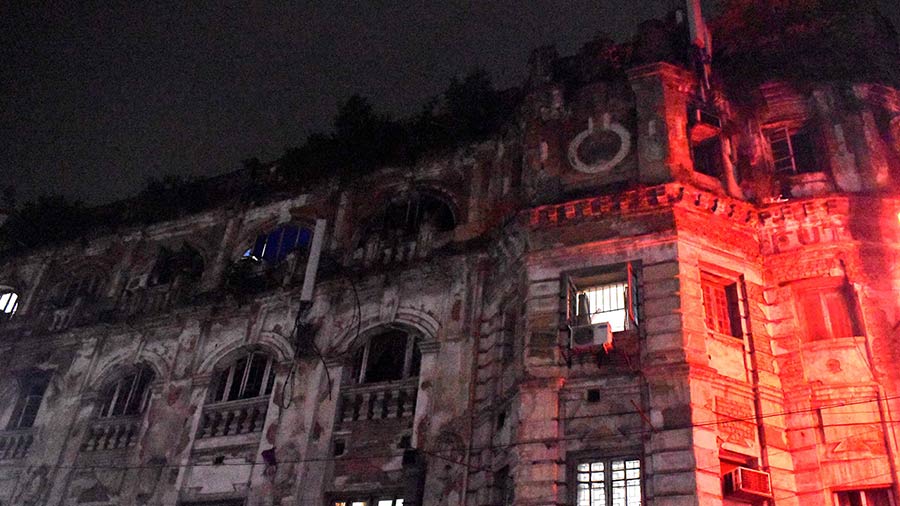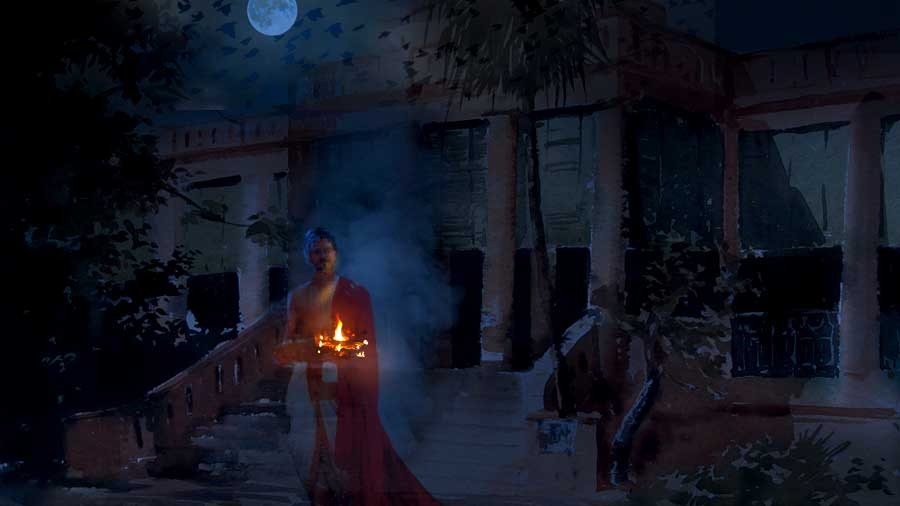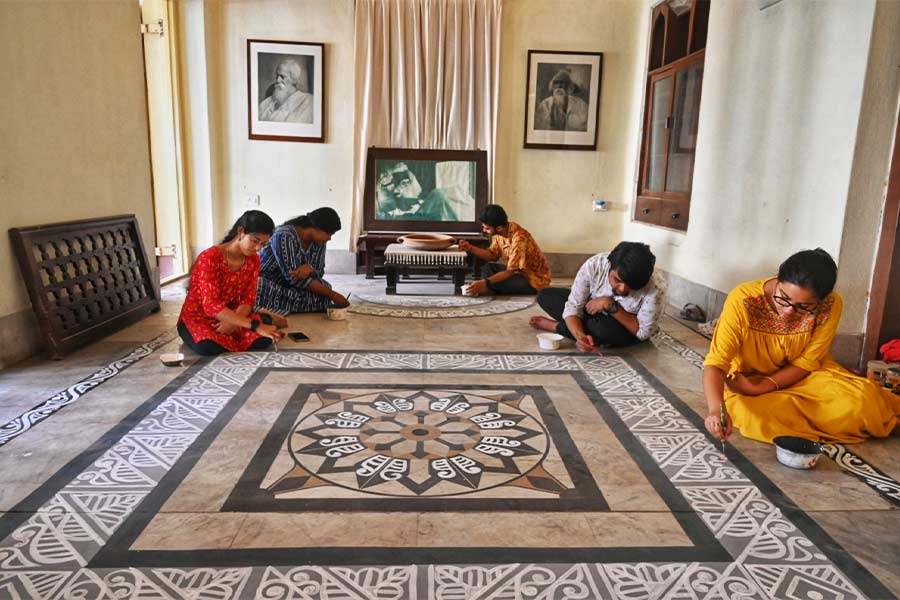A city steeped in history, not all pleasant, and 15 people out to explore its nooks and crannies on a cold December night — the Colonial Ghost Walk conducted by Anthony Khatchaturian was all this and more.
When Khatchaturian returned to Kolkata from London in 2013, after a decade’s experience at Scotland Yard, he wanted to do something about the history of the city. “Despite having many prominent walks, there were surprisingly no night walks in Kolkata. Back in London, I had seen that walks around haunted places were really popular and I thought of starting something similar here,” Khatchaturian said.
My Kolkata joined Khatchaturian and his band of walkers on a night that was chilly in more sense than one. Here are some of the stops covered…
Hogg market
The historic market was built in the 1870s and named after Sir Stuart Hogg, who was the municipal and police commissioner of Kolkata. In the 1920s, two Anglo-Indian women were stabbed to death in the market by a mentally unstable man. Since then, many have claimed to have seen the two women walking side-by-side at night. Unusual sounds are said to have been heard in the market at night, making it impossible for shop owners to hire guards for the night. After several complaints of unnatural sounds and sights, Kolkata Police set up a kiosk nearby while the main doors of the market remained shut during the night.
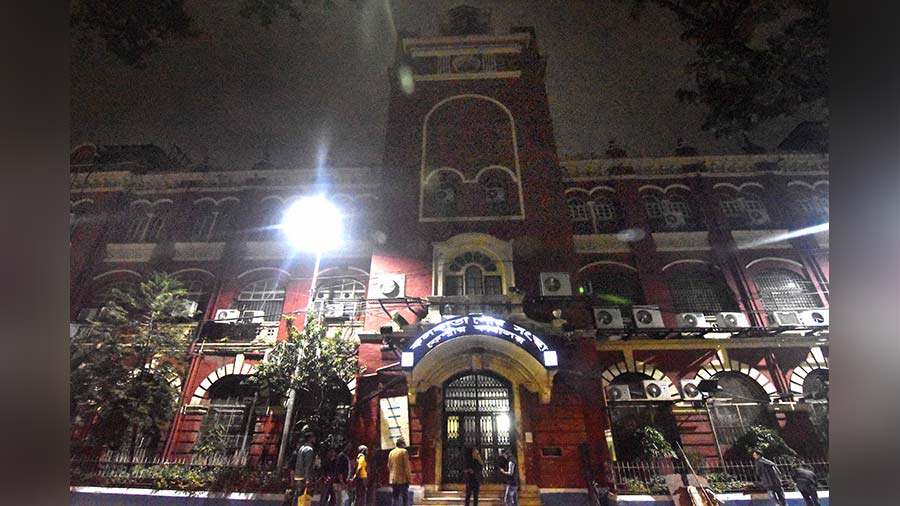
The Kolkata Municipal Corporation office on SN Banerjee Road
KMC building
The Kolkata Municipal Corporation office on SN Banerjee Road might look spooky at night, but it is hardly so. There is a wonderful museum right opposite Chaplin Square. If there is anything suspicious going on here, it is the disappearing cannons from the British and Mughal era in the area.
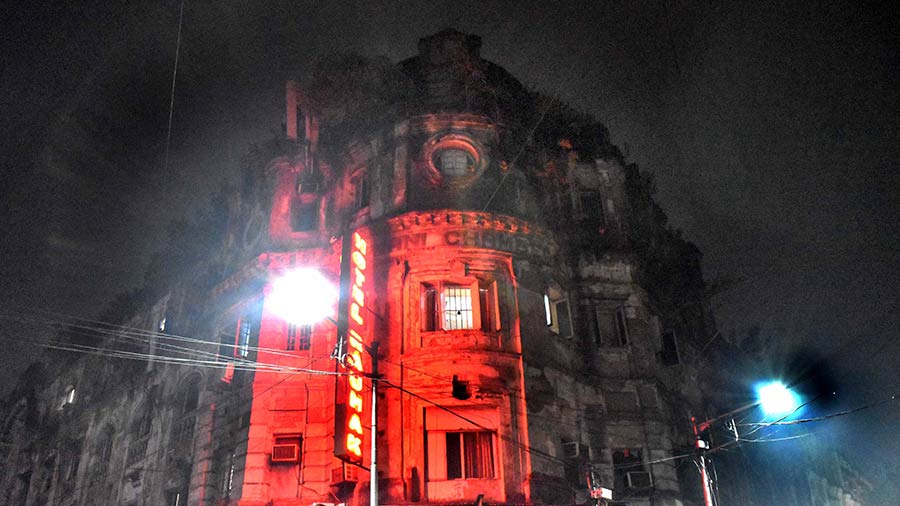
Futnani Chambers once house India's biggest jazz club
Futnani Chambers
In the 1920s and ’30s, this was the heart of Kolkata’s nightlife. The top floor of the building, which houses the famous Aminia Restaurant on the ground floor, used to be the biggest jazz club India had ever seen. Now dilapidated, the building is being slowly encroached upon. Back in its golden days, European settlers would come to Kolkata from nearby districts on weekends just to enjoy the music there. At night, the building looks quite eerie.
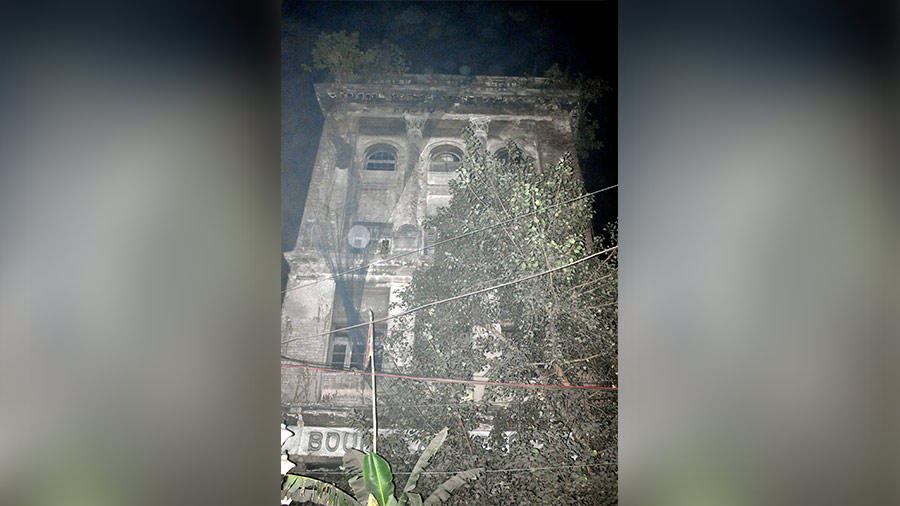
Bourne & Shepherd building in Kolkata
Bourne & Shepherd
It was a time when India had just witnessed its biggest mutiny against the British and some six years later, one of the oldest photograph-processing companies came into existence. The century-old building is now closed.
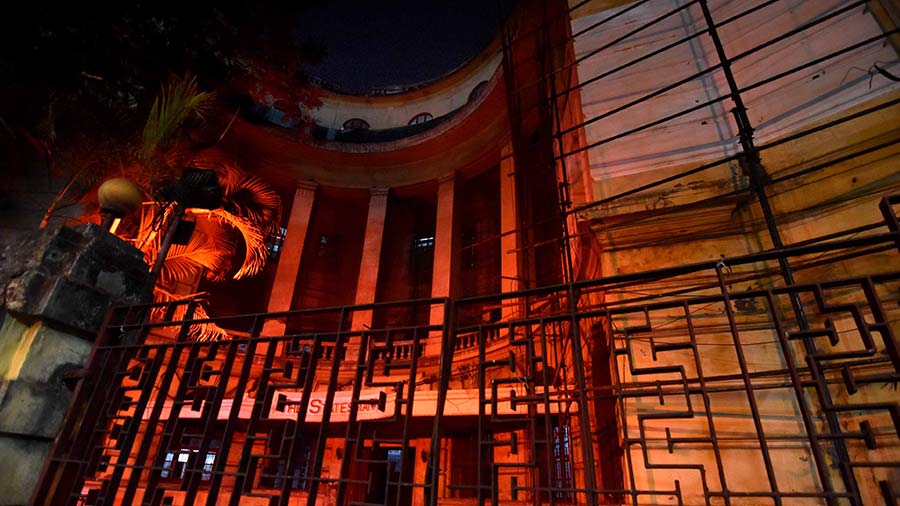
Statesman House at Chowringhee
Statesman House
There are rumours that this historic building will soon be turned into a shopping mall, but that doesn’t stop spooky stories about this place. Among many, the best one is about the archive room of the historic newspaper. Several younger editors, who had gone to the room searching for some old photograph or news, have claimed to have experienced the presence of ‘other’ beings. The invisible entities would turn pages of the archive and shuffle through old photos.
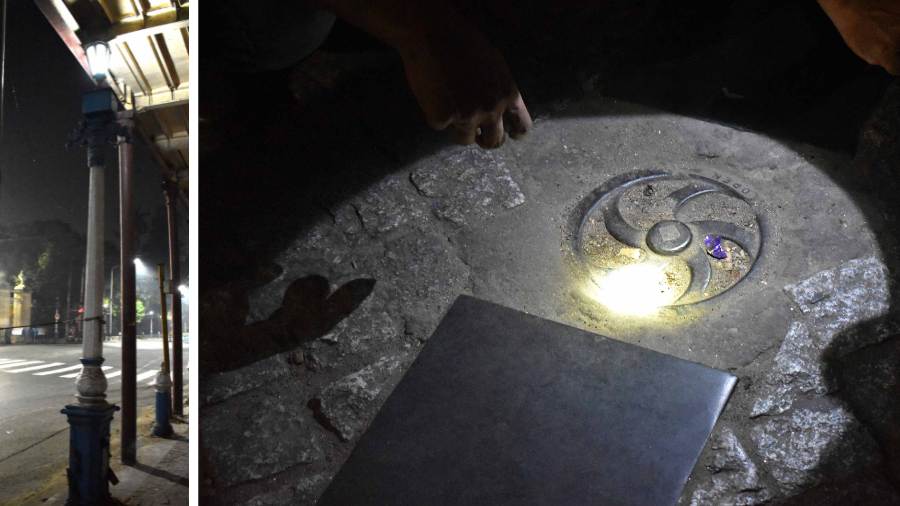
The replica of a gas light and (right) a gas light stopcock
Gas lights
This is the replica of the original gas light of the British era. Originally, these lights had frosted glass, which were also used in the replica. But repeated thefts led to the glass being replaced by frosted plastic. The metal stopcock is still visible on the pavement near the light.

The entire block of Garstin Place used to be the head office of All India Radio
Garstin Place
The entire block used to be the head office of All India Radio. Back in those days, when the usual programme would have commercial breaks, the tradition was to play live classical piano music. The musician, who used to play the piano, was so attached to the old AIR office that he died of a heart attack when it was declared that the AIR office would shift to its present location near Eden Gardens. It is said that the spirit of the piano player still lingers in the building and every day at 1am, notes of the piano can be heard.
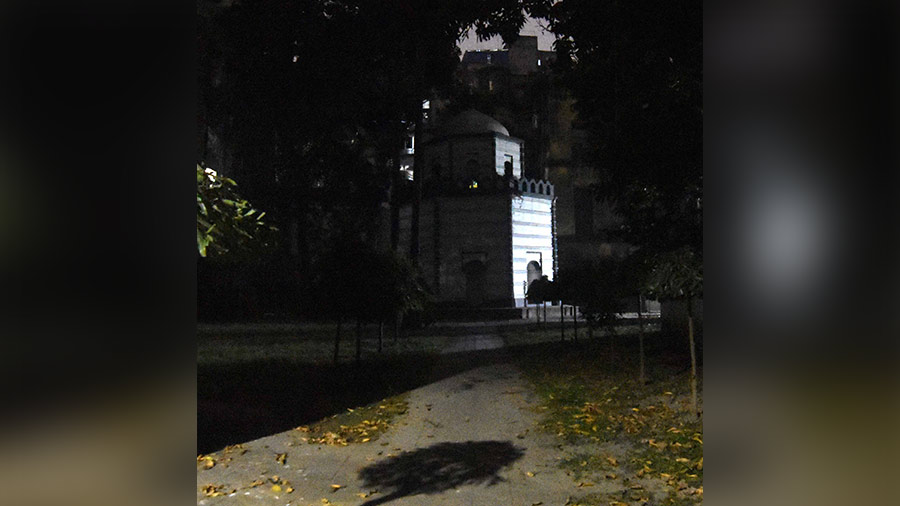
Job Charnock’s tomb at St. John’s Church
Job Charnock’s tomb
St. John’s Church is known for many reasons, and the tombs of Job Charnock and his wife are among them. In fact, the tombs predate the church as the entire area used to be a burial ground. When Charnock reached Kolkata, he took a Bengali Brahmin couple as his servants. In a few years, the man died and the wife was to sacrifice herself as sati. Charnock intervened and married the woman. Their happiness didn’t last long and the woman passed away, too. After that, every year on her death anniversary, Charnock would kill a chicken and sprinkle its blood around his wife’s grave in an occult ceremony. Till today, nobody knows why he did that.
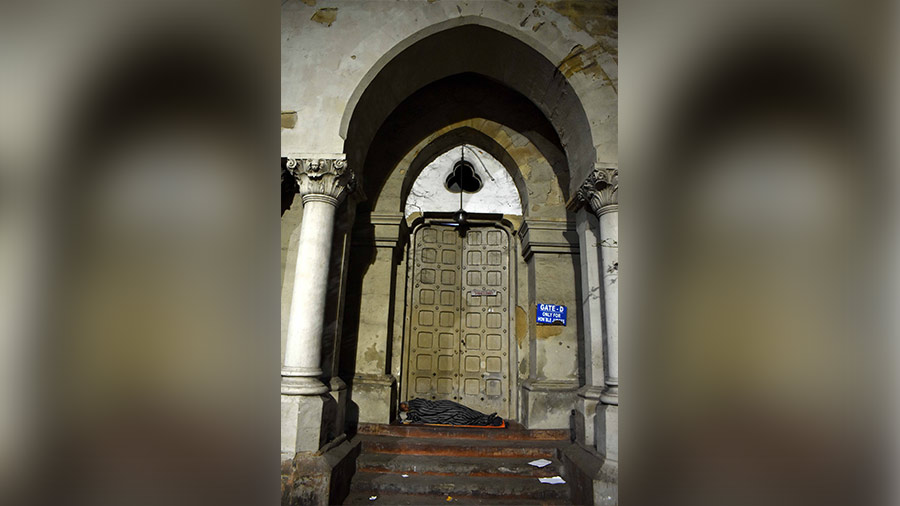
Calcutta High Court
This beautiful Gothic structure was made in the style of Cloth Hall in Belgium and when Cloth Hall was heavily damaged during World War II, it was restored by collecting the blueprint of Calcutta High Court. There are several spooky stories about this building, but the best one is about the judges’ restroom. A judge who was working in the room past 10pm suddenly saw his wife rush in. She asked him to go home with her as it was late. As the judge persuaded his wife to carry on with dinner without him and the wife left, a peon rushed in with a message. It read that his wife had passed away exactly at 10pm.
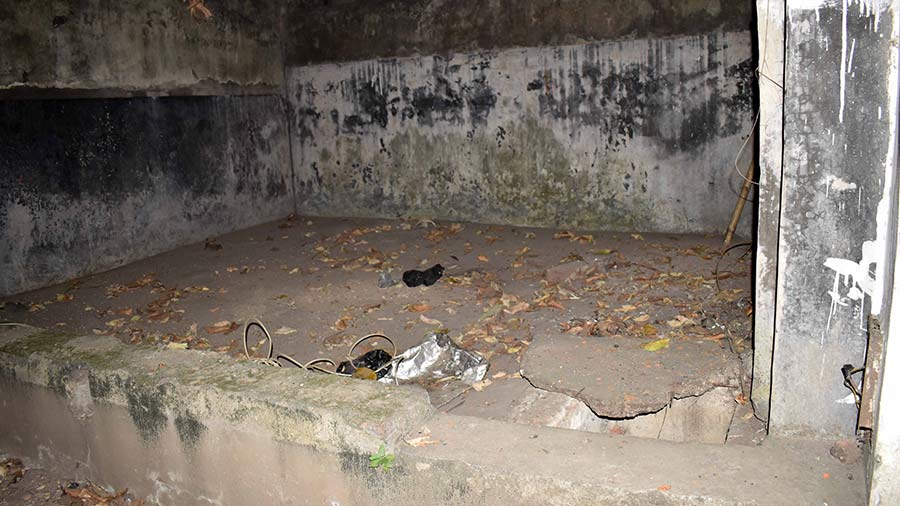
The Black Home, GPO
GPO
This was the old Fort William and in 1757 Lord Clive realised that it was too close to the Sunderbans. In fact, the mangrove forest started right across the street (now Netaji Subhas Road). So, he bought a village called Gobindapur and made the present Fort William. In 1905, during the time of Lord Curzon, he would often ride his elephant and go to a man-eating tiger-infested village in the Sunderbans to provide relief to the villagers. The village is now called Bhowanipore.


